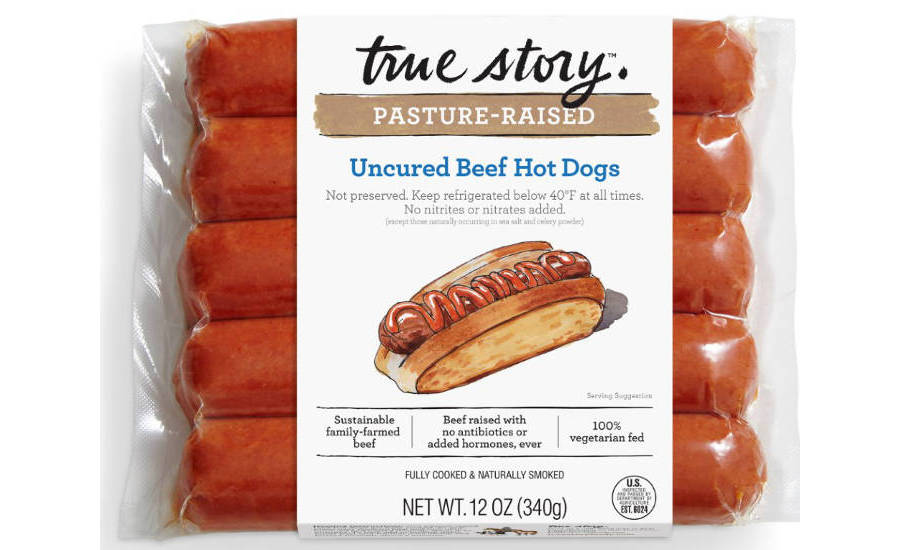What Does Uncured Hot Dogs Mean? A Healthier Alternative
– Uncured hot dogs are cured using natural ingredients instead of synthetic nitrites and nitrates.
– Nitrites in cured hot dogs can react with stomach acid and proteins to form carcinogenic nitrosamines.
– Uncured hot dogs may be a safer alternative to synthetic nitrites and nitrates.
– Hot dogs can be made from leftover meat scraps and can contain artificial additives.
– Some hot dogs contain high-fructose corn syrup, while others contain honey or pure cane sugar.
– Hot dogs can contain up to 3.5% non-meat binders such as cornstarch and dry milk powder.
– The sodium content in hot dogs can vary between brands.
– Coleman Natural all-beef hot dogs do not contain artificial ingredients and are made from high-quality meat.
– Americans spent over $7.68 billion on hot dogs and sausages in 2020.
– Hot dogs are a popular food in the United States and part of American culture.
– Uncured and cured hot dogs are both approved by the FDA and USDA.
– Uncured hot dogs have similar nutrition facts to cured hot dogs.
– Uncured hot dogs are safe to eat and can be prepared the same way as cured hot dogs.
– Guidelines for storing and consuming hot dogs are provided.
– Hot dogs should not be left at room temperature for more than 2 hours or more than 1 hour if the temperature is over 90°F.
– Casings should be removed from hot dogs for children under 4 to avoid choking hazards.
– Uncured hot dogs can be included in a ketogenic diet as they are low in carbs and high in fat.
– Uncured hot dogs can be consumed during pregnancy if cooked to a temperature of at least 160°F to reduce the risk of contamination.
– Eating raw uncured hot dogs can cause miscarriages, stillborn births, and birth defects.
– Uncured hot dogs come pre-cooked but should still be reheated before eating.
– Uncured hot dogs carry a risk of contamination with Listeria monocytogenes, which causes listeriosis.
– Reheating hot dogs until they are steaming hot can help reduce the risk of listeriosis.
– Cured hot dogs contain synthetic nitrates and nitrites, while uncured hot dogs contain natural nitrates and nitrites.
– Cured hot dogs have a longer shelf life and may have slightly higher sodium content.
– Choosing uncured hot dogs can help reduce the intake of synthetic preservatives.
– Thoroughly cooking both cured and uncured hot dogs is important before consumption.
– It is recommended to be aware of reliable information and facts in a world filled with fake news.
– “Uncured” in relation to hot dogs refers to the absence of artificial curing agents such as nitrites and nitrates.
– Uncured hot dogs are made with natural additives like celery juice or cherry powder as substitutes for artificial ingredients.


